Containers
Container Gardening
Grow annuals, veggies, herbs, and more in containers! This is an ideal solution if you have little outdoor space or a spot in your yard or patio that you need to fill in quickly. Can’t contain your excitement to get started? Read on.
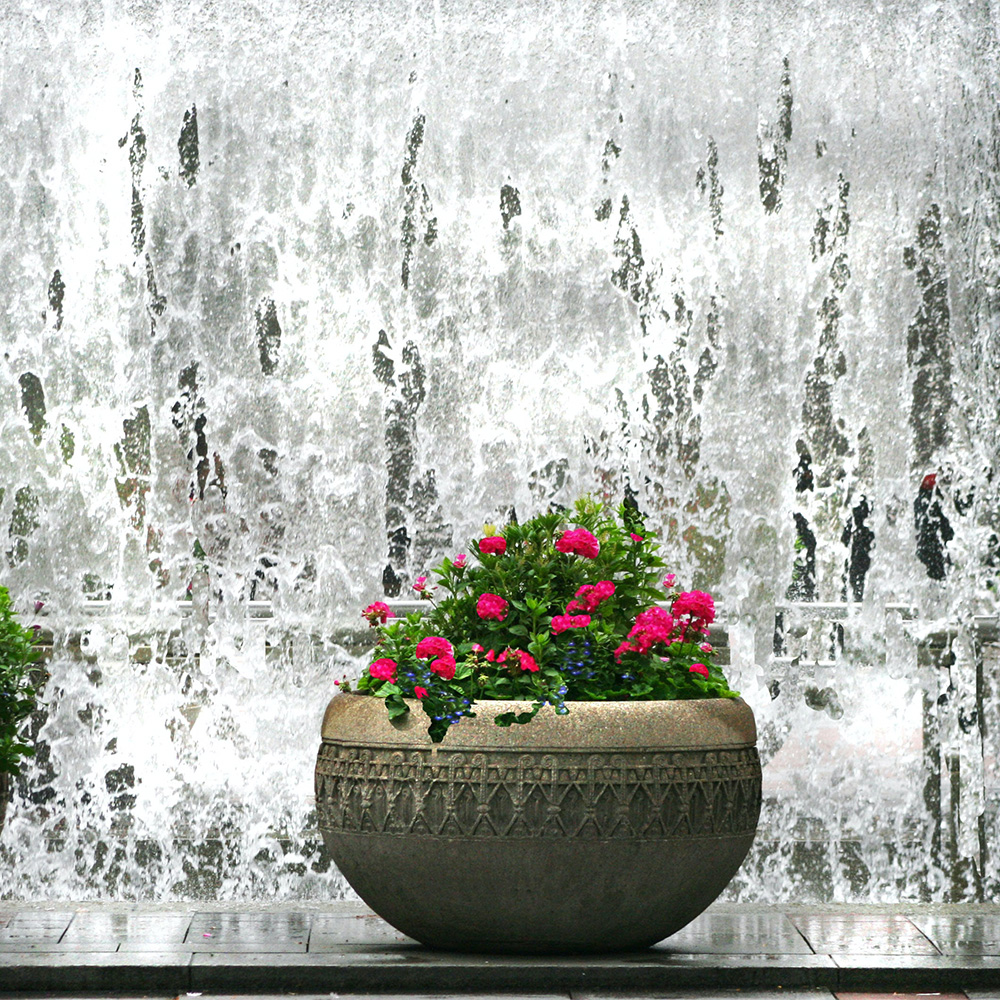
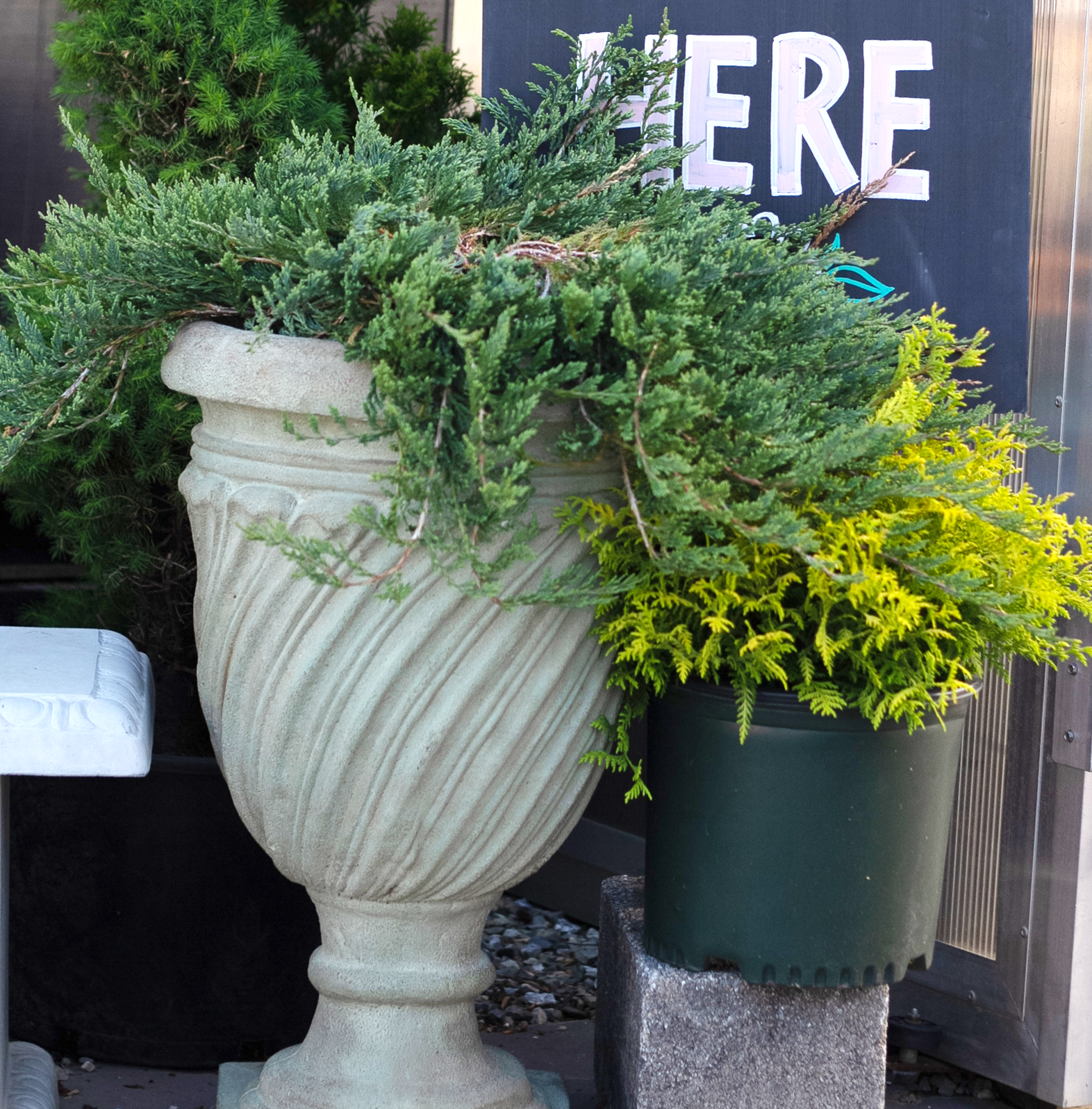
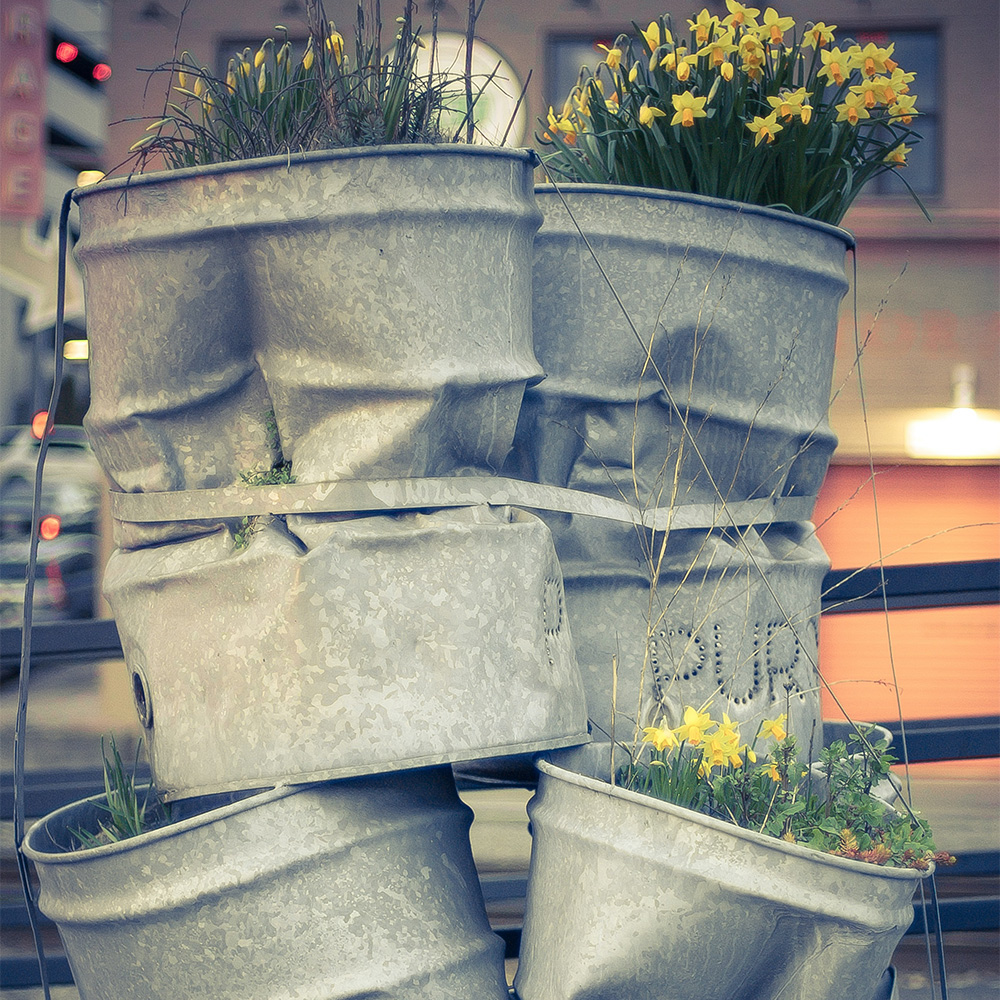
Intro to Container Gardening
Container gardening can be as simple or complex as you want to make it. A few ideas you might want to consider:
- Matching pots on either side of a door
- Decorative containers dotting porch or deck steps
- Groupings on your porch, deck, or patio, or even bare spots in a yard
- Themes, such as a pizza garden (tomatoes, peppers, basil) or salad garden (lettuces, cherry or grape tomatoes, parsley, etc.)
Think about where you have space and how much sunlight it receives. This will help you decide the number and size of containers you need and the types of plants that will work best.
Choosing Plants for Containers
There is a popular rule of thumb for grouping plants in a container: choose a thriller, a spiller, and a filler. The number of plants you’ll need will depend on the size of the container (for a pot between 18 and 24 inches, we’d recommend about five or six).
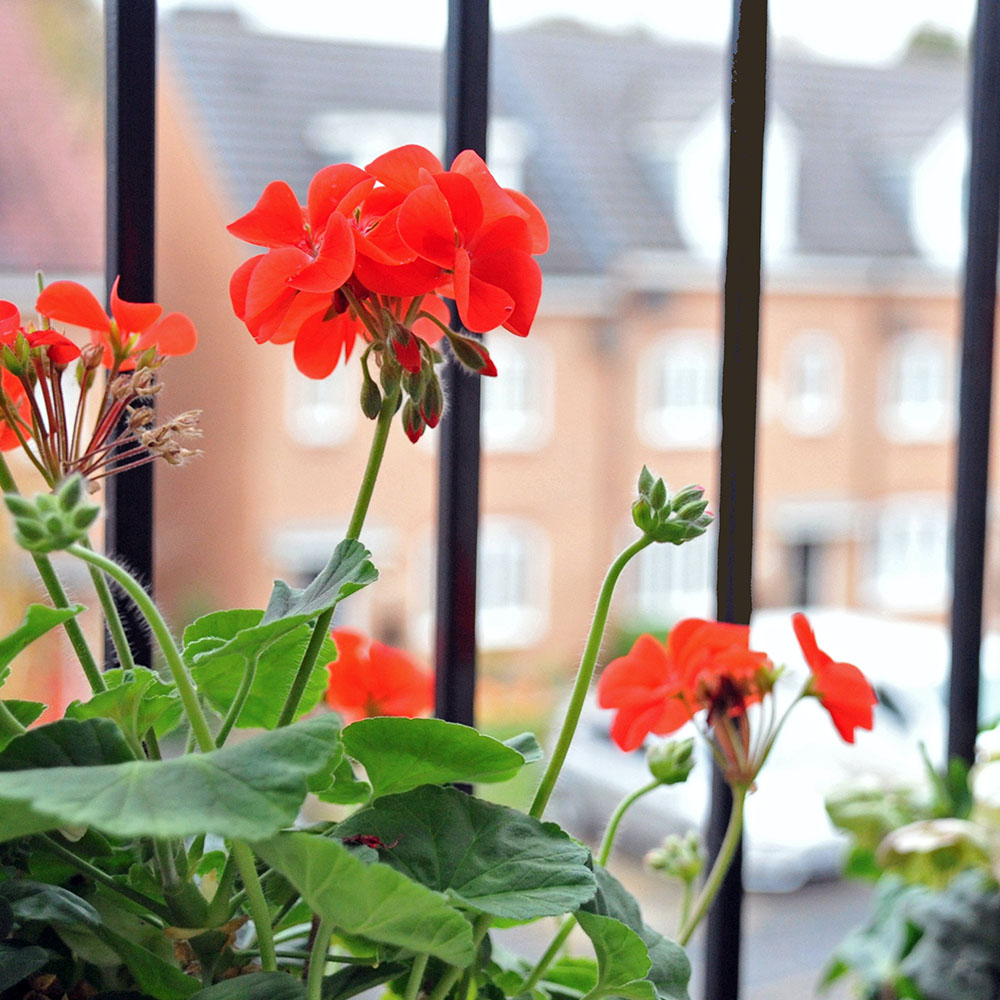
The “thriller” should be the focal point, something attractive and showy. Popular options include:
Decorative grasses
Geraniums
Caladium
Nicotiana
Coleus
Fuchsia

“Spillers” do just that — spill over the sides of the container, softening the edges and creating a natural look. Some common container spillers are:
Petunias
Bacopa
Portulaca
Fiber optic grass
Sweet potato vine
Vinca minor
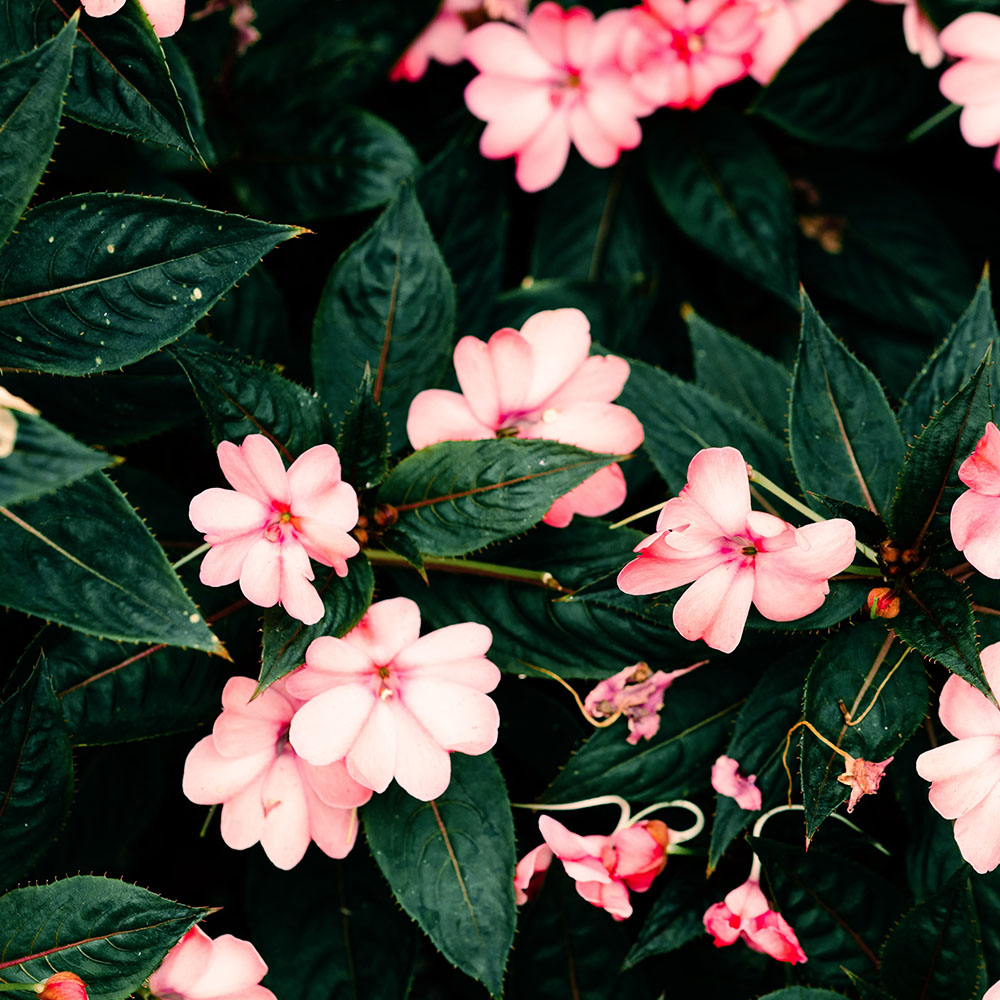
Filler plants fill in between your thrillers and spillers. Choose varieties with smaller leaves and flowers, such as:
Angelonia
Salvia
Heliotrope
Impatiens
Nemesia
Dusty miller
Ornamental peppers
The “thriller, filler, spiller” rule need not apply to container gardens of herbs and/or vegetable plants. Containers filled with a single variety of herb can be especially striking and fragrant — think lavender, rosemary, or basil. An herb container garden is especially handy near your kitchen. Just step outside and snip what you need!
Most vegetables do well in containers, though some need more space than others. Lettuces and other greens can be grown easily in smaller pots, while a half barrel, 5-gallon bucket, or other big container will be better for larger vegetables like cabbage, broccoli, or peppers. Choose bush or dwarf varieties if possible. Cherry or grape tomatoes are ideal for container gardening. (Use stakes or a small trellis if necessary.)
Tips for Selecting Containers
Larger containers can be easier to care for than smaller ones. They take longer to dry out, making them less prone to quick temperature changes (which make plants unhappy).
Light-colored pots keep soil cooler than those in dark colors.
Consider how large your plants will grow — both the parts above the soil and its roots below. Plants that become rootbound will dry out more quickly.
Consider the pros and cons of container materials:
Plastic: Widely available in all shapes, sizes, and colors. Lightweight, inexpensive. Can become brittle with age or if exposed to cold.
Terracotta: Attractive, but somewhat fragile. Should not be left outdoors in colder months in areas that tend to freeze and thaw.
Cast concrete: Extremely durable, but very heavy. Difficult to move around and could be too heavy for balconies and decks.
Metal: Durable, but because they conduct heat, roots can dry out quickly
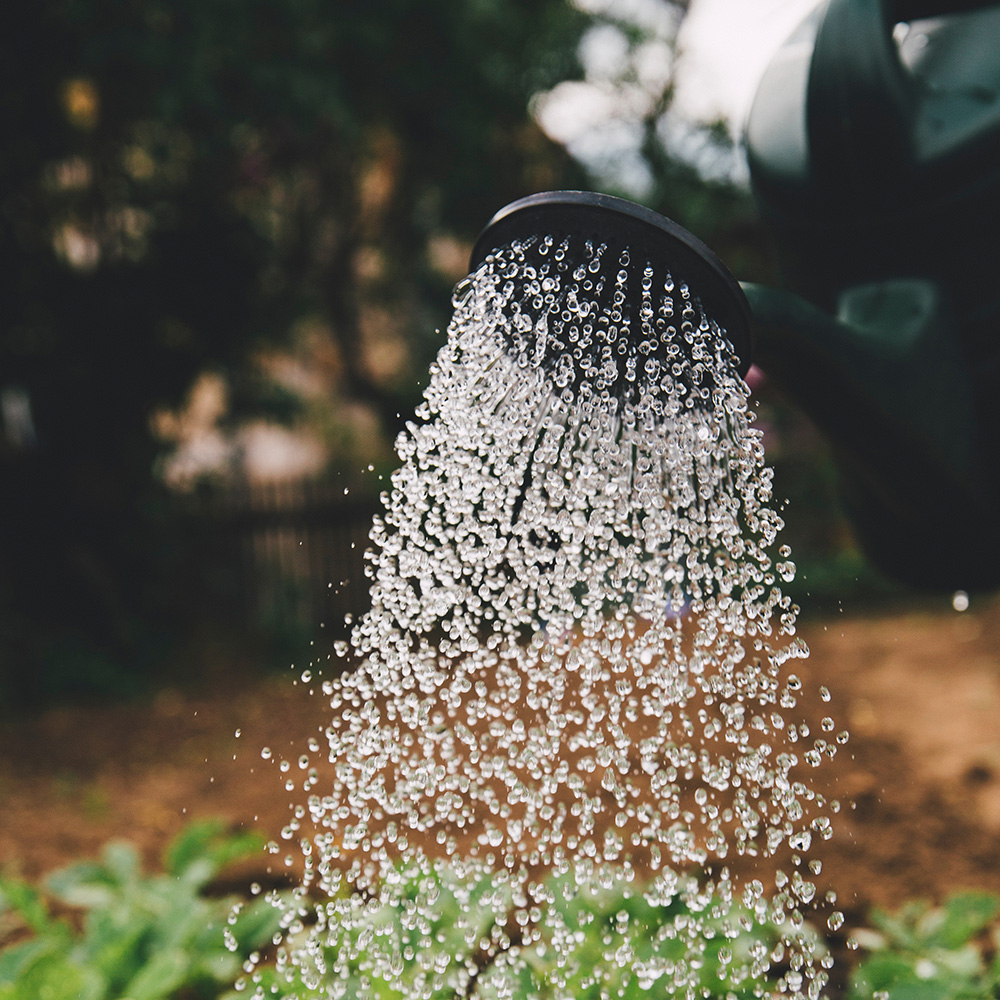
Drainage!
Note that whichever containers you choose, drainage is essential. Otherwise, the soil will become waterlogged, and the plant roots may rot. If your container doesn’t have a drainage hole, or if it’s very small, make or enlarge one by using a drill.
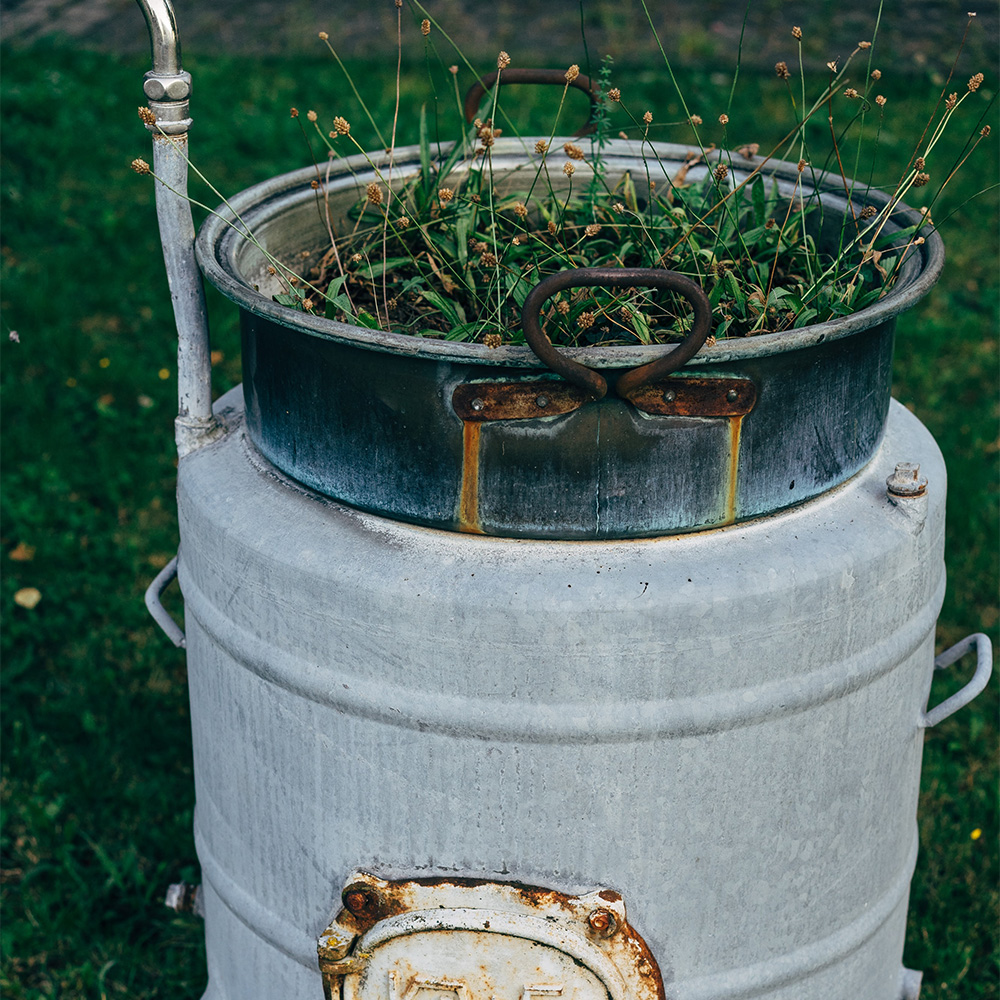
Soil for Container Gardening
Regular garden soil is too dense for pots. Use houseplant soil mix for containers up to one gallon. For larger containers, use a coarser planting mix. Be sure the soil is consistently moist before planting — you can do this by watering it before you fill your containers, or you can flood the containers and stir the soil before adding plants.
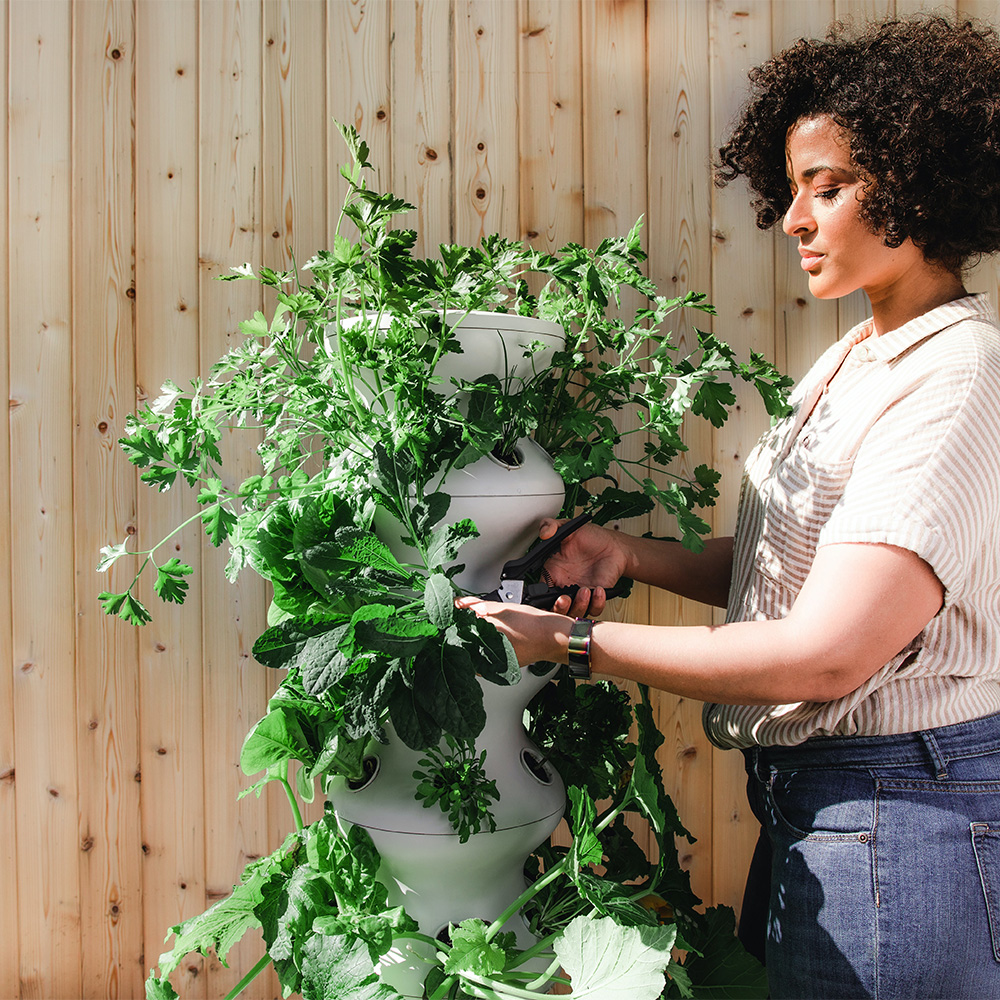
Container Garden Care
Water containers thoroughly and avoid letting them dry out! How often to water will depend on the weather, plant type, and pot size and location.
After planting, feed container plants once every two weeks. Watch how they react and adjust the schedule as needed.
And finally, be sure to groom your container plants. Deadhead flowers, remove tired-looking leaves, and prune anything that’s starting to get leggy.
Your Go-To for Container Gardening
Ken’s Gardens has everything you need, including soil, a wide variety of containers and plants, and advice on getting started. Watch our Events page for container gardening workshops!
LEARNING CENTER
Learn & Grow at Ken’s!
Learn about planting fruits and veggies, pruning shrubs, caring for roses, and more. And, see this year’s list of our veggies and herbs!
When is Ken’s open? What is our return policy? Find the answers to some of our customers’ most common questions here.
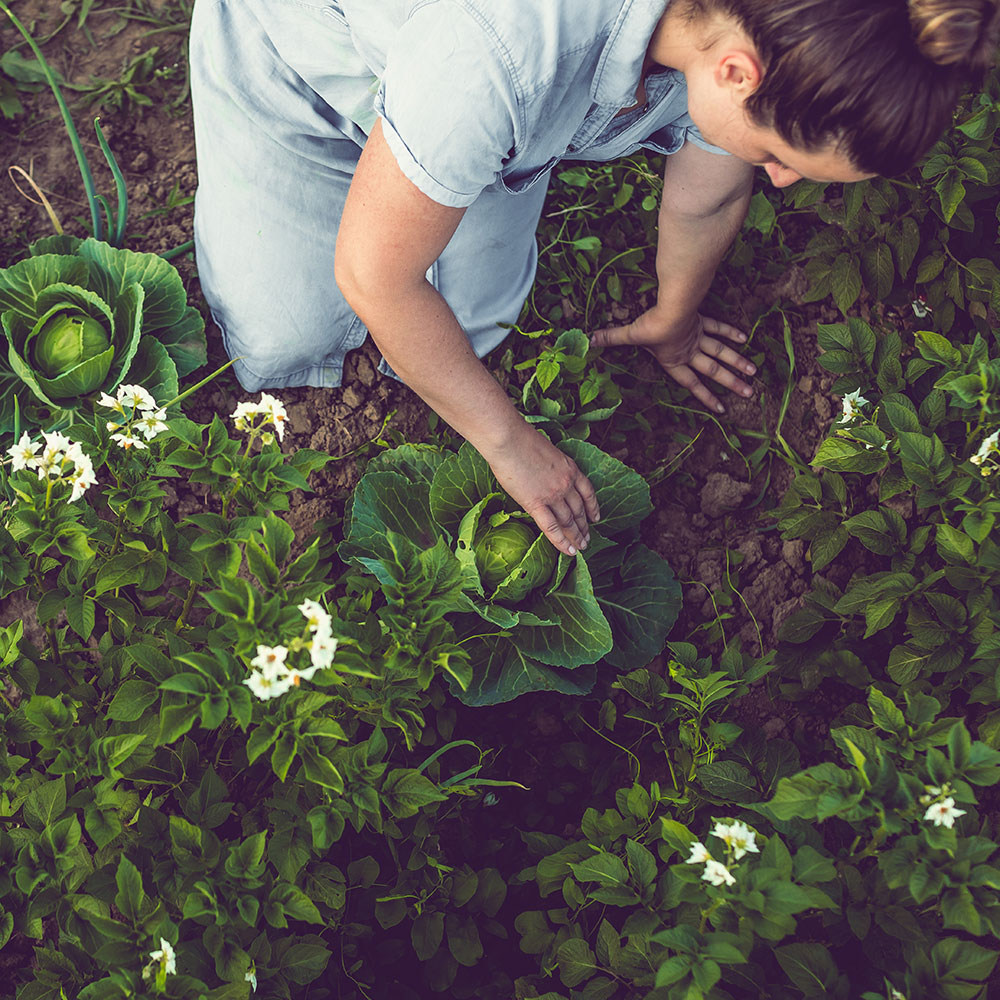
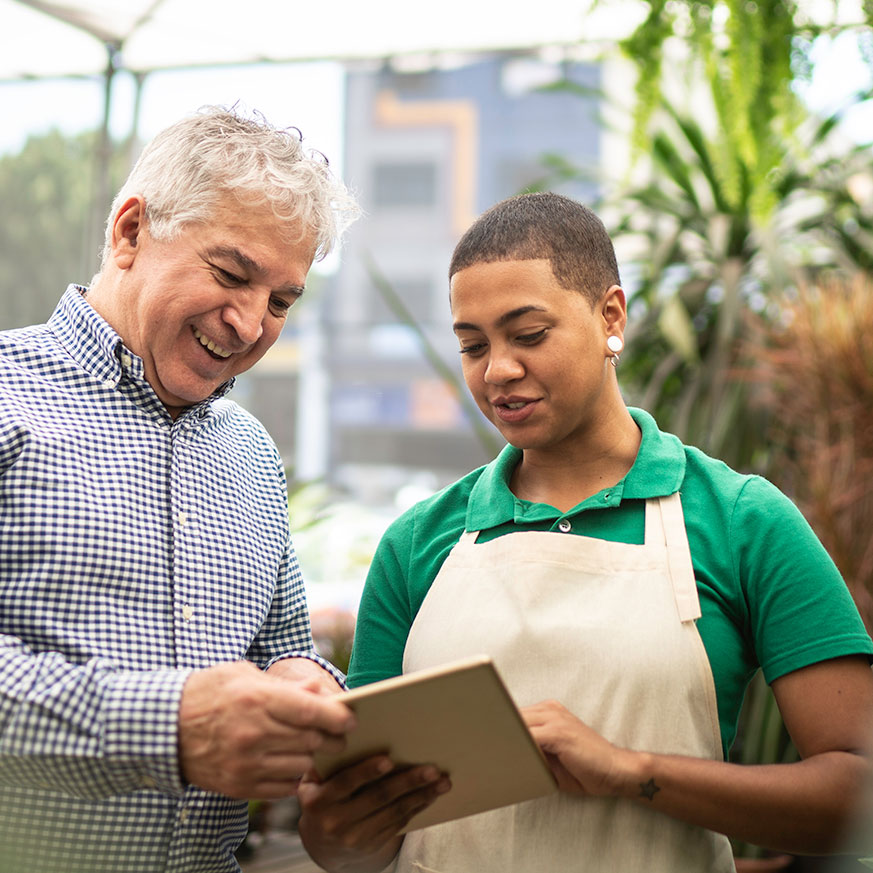
SEE WHAT’S GROWING ON